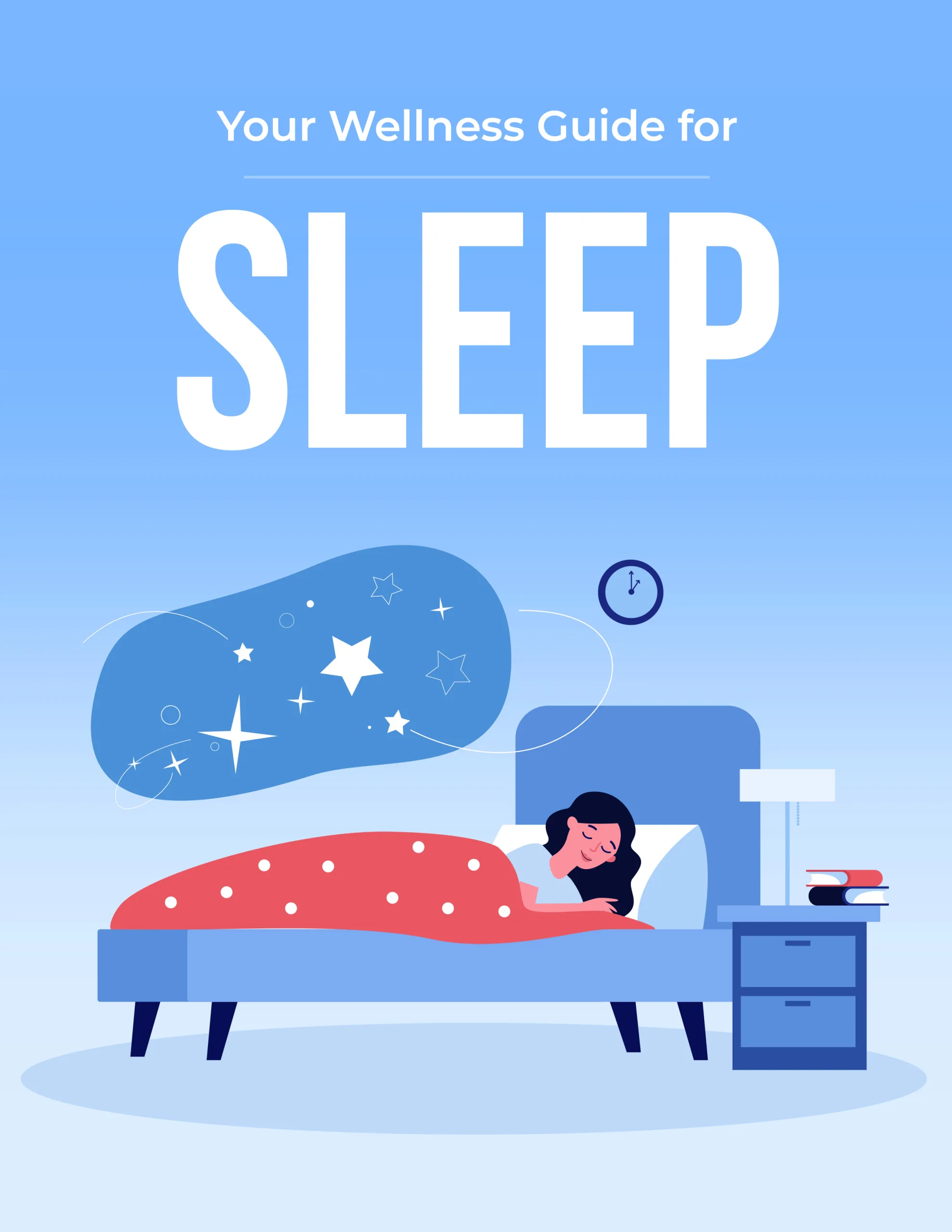How to Stay Physically and Mentally Fit
A Guide for Staying Physically and Mentally Fit
We are privately owned and not affiliated with the government in any way or form.

Just the word “fitness” is enough to conjure up images of difficult workout routines in some people’s heads, but it doesn’t have to be that way. Staying fit doesn’t have to be a chore. It can actually be a lot of fun. Here are some things that you should know about your health, along with some fun ways to improve it.

The Role Exercise Plays in Over All Health
We have all heard that exercise is good for us or that it is important for our health, but just how important is it, and why wasn’t the importance of exercise emphasized as much years ago? Well, years ago technology wasn’t as prominent as it is today. People were a lot more active, especially during their down time. Things like gardening, camping, and swimming were all a lot more popular in the summer months, aside from dodging mosquitoes, applying sunscreen, and eating shaved ice.
Nowadays a lot of people prefer to stay inside where it’s cool and play with their computers or video game systems. Granted, according to a recent Gallup poll, Americans on average were exercising more in 2015 than they had in many years prior to that. In fact, 55.5% of the people they polled said that they exercised more than three days each week. If that’s you, GREAT. If not, cut yourself some slack. At least you recognize you need to make a change. Even if you are Captain America in the gym, there’s still a lot of room for improvement.
Why Exercise is Important for Your Health
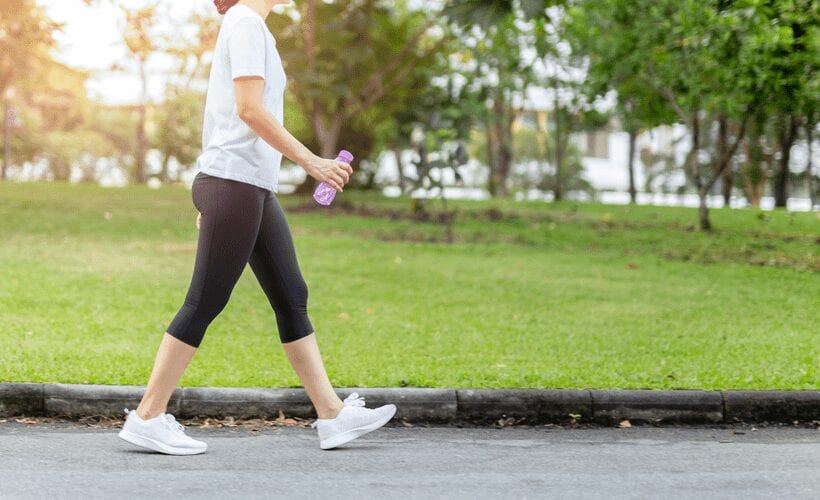
There are many reasons why you should get as much exercise as you can. One is simply to be a good example for your kids. According to the Centers for Disease Control (CDC), over a third of U.S. kids were obese in 2012. While there have been massive efforts to reduce that statistic since, there’s still a long way to go. Many schools are still serving unhealthy lunches and not providing kids with enough physical exercise. That’s why what you do with your kids at home and the example you set for them is so important.
Of course, you or your kids just being generally out of shape or overweight is only the tip of the iceberg. Lack of exercise can also increase your risks for a lot of different illnesses. For example, an expert at the Schmidt College of Medicine at Florida Atlantic University recently said that as much as 22% of heart disease cases can be attributed to not exercising enough. He also stated that about 12% of diabetes cases could have been avoided entirely if the patients had simply exercised more often.
Carrying around too much weight can also put a lot of strain on your feet, knees, and legs. In fact, obesity led to about 18% of osteoporosis-related bone fractures in the United States in 2015. Even kids who are overweight can suffer from osteoporosis and related fractures, which is why it’s so important to establish an active routine for everyone in your home.
How Much You Should Exercise
Both the United States government and American Heart Association recommend 75 minutes a week of intense exercise or 150 minutes of moderate exercise. But an easy goal to shoot for is at least half an hour per day of activity to start. You can always increase that level of activity as soon as you feel comfortable.

Exactly how much can that exercise help you? Well, a study done by Harvard University showed that regular vigorous exercise could reduce the average American’s risk of developing heart disease by 20% or more. It can also reduce your risks of things like high blood pressure, diabetes, and strokes by significant amounts. However, different sources disagree on the exact amount of exercise required. What they do agree on is that Americans should be exercising a lot more than most of them do.
Types of Exercises and Their Benefits
Making an effort to exercise more is great, but it’s also important to develop a well-rounded exercise routine that includes various types of exercise. Neglecting certain areas of your physical fitness could skew your results. For the most part, exercises fall into three categories.
Stretching and Mental Health Exercises Like Yoga
Stretching out both before and after physical activity can help you to prevent muscle strains and sprains. One of the best ways to keep limber is to do yoga. Yoga poses can help you to stretch each muscle and increase your flexibility. There is also a lot of evidence that doing yoga regularly can help your body to heal faster. For example, studies have shown that yoga increases nerve pulses, which is especially important if you’re fighting nerve damage, especially nerve damage caused by diabetes.
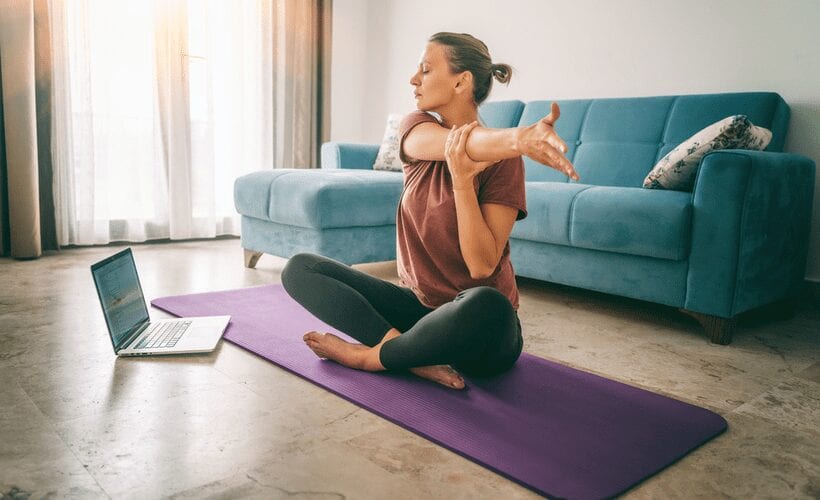
Beyond its many physical benefits, yoga is also useful for improving your mental health. For example, studies at Harvard’s McLean Hospital and at Boston University School of Medicine determined that regular yoga routines produced up to a 27% increase in GABA levels in the participants. GABA is a neurotransmitter that is often in short supply in those that suffer from depression. Many other studies have also shown that yoga increases endorphins, which can make you feel happier and more content.
Cardiovascular Exercises Like Jogging
Cardiovascular exercise, or cardio for short, is also known as aerobic exercise. That is any type of exercise that really gets your heart pumping. Most types of physical activity involve some sort of cardiovascular exercise. Some examples include jogging, walking, climbing stairs, riding a bicycle, swimming, jumping rope, and rowing. Sports like basketball and soccer also involve a lot of cardiovascular exercise.
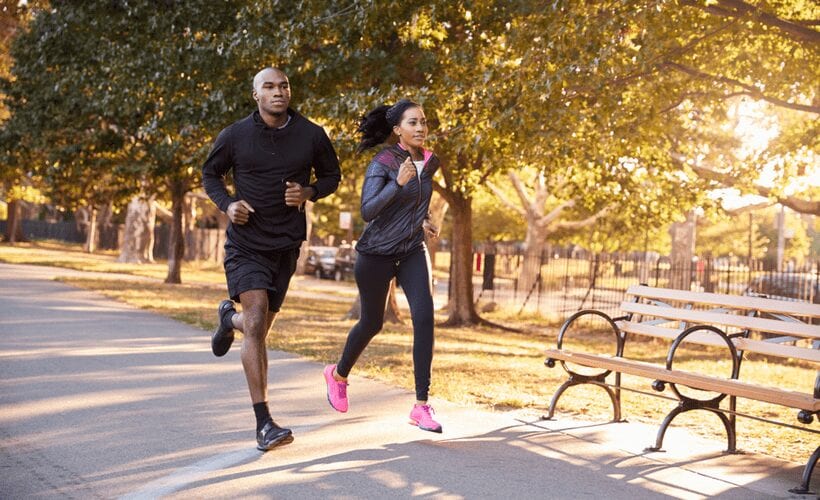
According to the Mayo Clinic, cardiovascular exercise has many different benefits for your body. For instance, it gets more oxygen into your system. It can also open up your blood vessels. Better blood circulation means that your body can get rid of toxins and fat deposits faster. In other words, the more you exercise, the easier it will be for your body to build muscle and burn fat. Cardiovascular exercise can also help you to feel happier and healthier. It releases endorphins, which are natural mood boosters.
Strength Training Exercises Like Weight Lifting
When you think of strength training, the first thing that probably comes to mind is lifting weights. But you might not feel like you need to lift weights, if you have to plans to enter any bodybuilding competitions. Nevertheless, strength training exercises are necessary to help you burn fat, build muscle, and increase strength. That can come in handy in a variety of situations, such as when you need to lift heavy objects. A good strength training regimen can also be a huge help when you’re trying to lose weight because it gets your body’s metabolism to kick into high gear so you can burn calories at a faster rate of speed.
If you aren’t partial to weightlifting, you can strength train in other ways. Sit-ups and abdominal crunches, for example, can strengthen your muscles without even requiring any sort of equipment. Nevertheless, it’s a good idea to include some weight training as well. That way you can work all of your different muscle groups.
Squeezing Fitness Into Your Busy Life
These days everyone leads busy lives, and yours is probably no exception. You’re probably wondering how you can squeeze exercise into your schedule. Well, there are a lot of ways to do that, and many of them can also inject a little fun and excitement into an otherwise boring week.
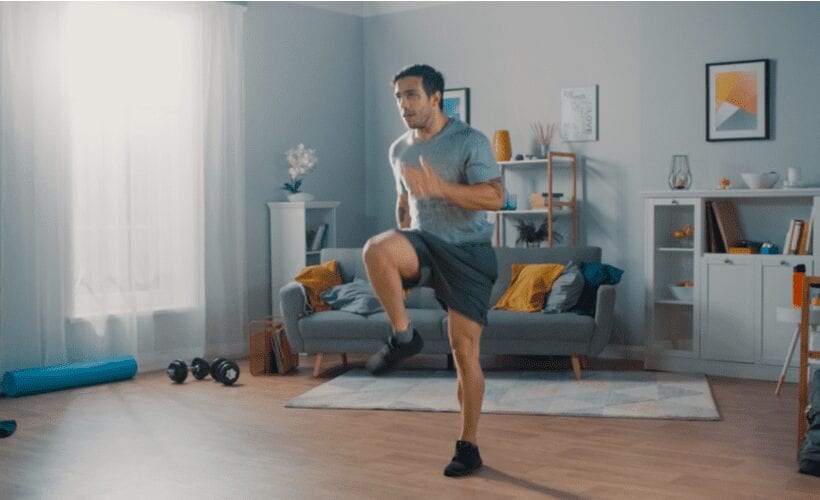
Exercising at Home
According to a survey done in 2015, the average American watches about five hours of television per day. When you consider that the U.S. government recommends a minimum of just two and a half hours a week of aerobic exercise, all you would have to do is take half an hour out of your daily television schedule to exercise. Alternatively, you could just get yourself a treadmill or a stationary bicycle and exercise while watching television.
That said, some of the best ways to exercise at home involve getting out in the back yard. You could play tag with your kids or fetch with your dog. If you have a pool, try to get in a swim each evening in the warm weather. You could also get yourself a basketball hoop and play ball or take up an outdoor hobby like gardening.
Walks around the neighborhood are another great way to exercise around your own home without equipment or expense. It’s also a good way to familiarize yourself with your neighbors. You could even start a weekly walking or jogging club with some of them. Then you’ll have people to talk to while you’re working out.
If your schedule seems too busy for any of that then just use what you have around the house. You can do some sit-ups before bed, lift weights with canned goods or any other objects that have a little weight to them, or make a point of walking up and down your stairs a certain number of times per day. Every little bit helps.
Exercising at Work
When it comes to exercising at work, what you can do all depends on the type of job that you have. If you’re lucky enough to have a job where you’re on your feet all day, such as being a nurse or a doctor, you are probably getting plenty of exercise during the work day. But if you have a desk job then you might not be getting any at all.

If you find yourself stuck at a desk most of the day, you can still do leg lifts and other stretching exercises at your desk periodically. You can also make a point of getting up and walking around for a few minutes every hour or two. For added exercise, try using the stairs, even if your building has an elevator. You could also talk to your boss about getting some basic exercise equipment for the break room.
Always Look for Ways to be More Active
It’s important to create fun exercise opportunities wherever you are and with whatever you have handy. No matter how busy you are, it’s better to exercise a little bit than not at all. You can often use what is around you to get more exercise. For example, try parking a distance away from your office building and walking across the parking lot instead of taking the closest parking space. You can also take things a step further by riding your bicycle to work instead of driving your car, if you work close to home.
Exercising and Injury Control
One of the biggest excuses that many people use for not exercising a lot is that they either have an injury that they don’t want to aggravate or they are afraid of getting injured. However, as long as you know a bit about how to manage the situation, you should be able to limit any injuries or discomfort.
How to Reduce Pain During and After Exercise
The best way to reduce pain during and after exercise is to stretch properly both before and after a workout. That’s why so many fitness experts talk about the warm up and cool down periods. Without the specific stretching exercises used during those periods, muscles can become sore and strained.
Each body part has to be stretched in a different way to warm up or cool down. There are several different techniques to stretch each one. For example, you can stretch out your back by getting on your hands and knees and alternating between arching and lowering it. Some people call that a cat stretch. You can also do a low back rotation stretch, which means sitting on a chair and simply turning your upper body from side to side while keeping your feet flat on the floor.
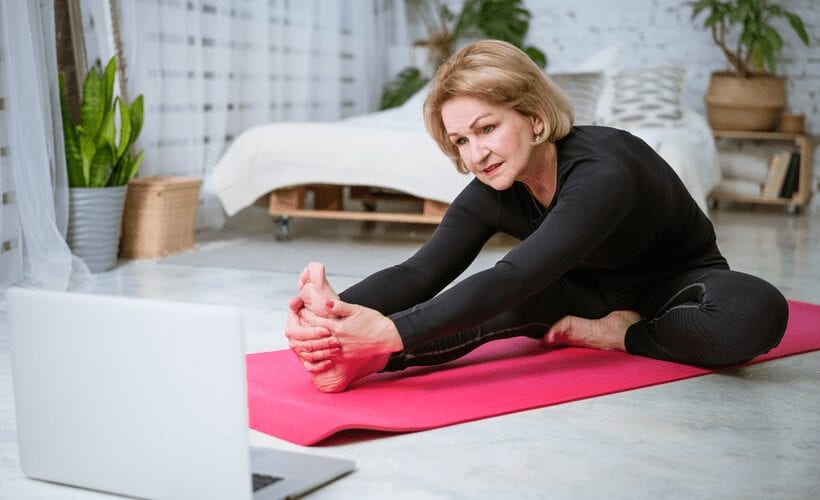
If you’re more concerned about joint pain, you can also do special exercises to stretch your arms and legs, reducing elbow, knee, and muscle pain. Inner thigh stretches can be a great way to keep your knees and your hips from becoming stiff and sore. To do an inner thigh stretch, just stand up straight and then lean forward a tiny bit. Then lift one leg out to the side while keeping the knee of the other leg bent slightly. Slowly lower your leg back down to a standing position. Then repeat the process for the other leg.
As for stretching your arms, most yoga poses can help you to do that. One of the most popular ones is the side plank. It involves laying on your side and pushing up with one arm so that you are supporting your upper body on that arm. Meanwhile, stretch your other arm as high as you can up towards the ceiling or sky. To stretch the other arm, simply face the other way and support yourself with the opposite arm while the other is stretched upward.
Dealing with Injuries
There are two types of injuries you may have to deal with while exercising. The first is an existing injury. For example, if you have a bad knee, it might be easy to use that as an excuse not to exercise. However, there are plenty of exercises you can do that won’t put any added strain on your injury.
One of the best types of exercise that you can do when you have an old injury is swimming. The water will give your body buoyancy, taking all stress off of your joints. That makes it a great type of exercise for anyone with arthritis or other joint problems.
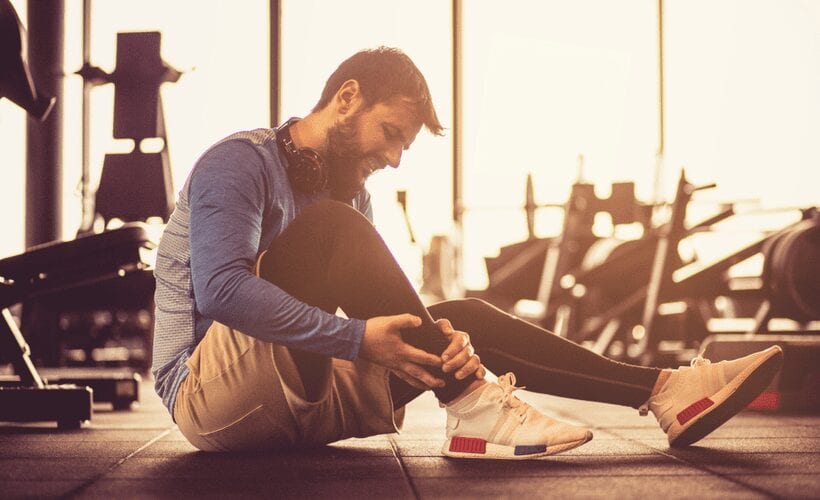
The other type of injury you may have to deal with is an injury that occurs while you’re exercising, like a strain or a sprain. If the injury is minor, you may be able to treat it on your own. One major problem that many people have is knowing when to treat an injury with ice versus when to use heat on it.
The general rule of thumb is to use ice immediately on a new injury to reduce swelling and pain. Ice can also be used when you have a sharp stabbing pain. But for dull aches or injuries that are over a day old and don’t come with major swelling heat is usually the best way to reduce pain. Obviously, you should see a doctor if you think your injury is serious. You shouldn’t try to treat it yourself unless it’s just a minor muscle strain or something simple, like a twisted ankle.
Changing Up Your Exercise Routine
There are lots of good reasons not to let your exercise routine get too repetitive. There are also some reasons why you may have to change it whether you like it or not. Here area few examples.
Exercising Different Muscle Groups
It’s always important to give your muscles time to heal and repair themselves after a workout. That’s why most serious exercise enthusiasts exercise different muscle groups on different days. It’s best to do something like strength train two days a week and cardio train three days a week, exercising in different ways each day.
Avoiding Boredom
Particularly if you’re exercising to lose weight, boredom is your worst enemy, especially early on. So, if you’re not the type that is content to walk on a treadmill day after day, try changing things up each week. Remember that there are dozens of different options out there. Some of them, like playing sports, can be so much fun that you won’t even realize you’re exercising.
Adapting to Schedules and Surroundings
Another reason why you might want to change things up is to adapt to schedules or surroundings. For example, if your work hours change then it might get dark before you can go for your daily jog. If that’s the case, you might want to switch to an indoor form of exercising. Similarly, you might have to change activities when the seasons change. If you can’t ride your bike in the winter, for example, you might want to start going to the gym instead.
Adapting as You Age
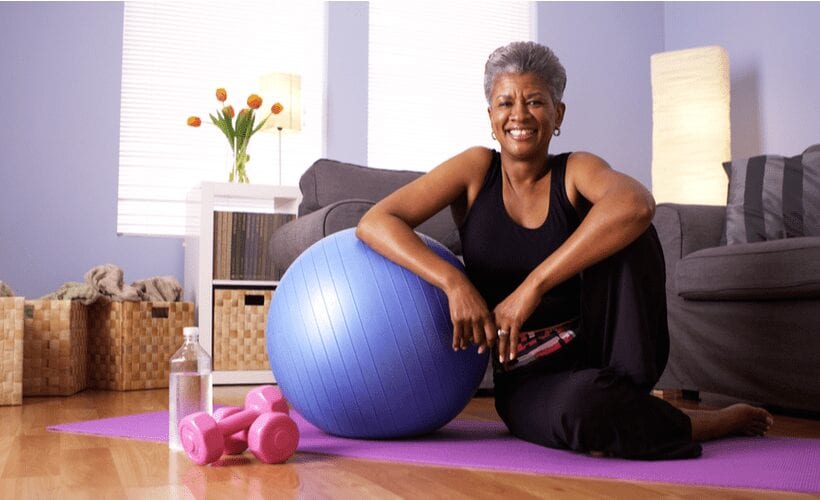
Probably the most important thing to remember about changing your exercise routine is that you have to adapt it as you age. Anyone of any age can exercise, but certain types of exercise can become more difficult when you get older, and even more dangerous.
For example, most fitness trainers agree that it’s important to increase your warm up and cool down stretching times when you reach the age of 50 or older. One reason for that is that older people are more prone to developing calcium deficiencies and osteoporosis, which can lead to more broken bones. Aside from stretching, you can also combat that risk by taking a daily vitamin supplement that contains calcium.
Finally, you need to listen to your body. It’s normal to be a little tired after a workout, but if you’re exhausted for hours after one, or even for days, it might be time to slow down a little. That may involve walking when you get older instead of jogging, but you shouldn’t look at that as a bad thing. Allowing yourself time to enjoy the beauty of the outdoors, stop and smell the roses, and appreciate the little things is a great way to keep your mind healthy along with your body.



